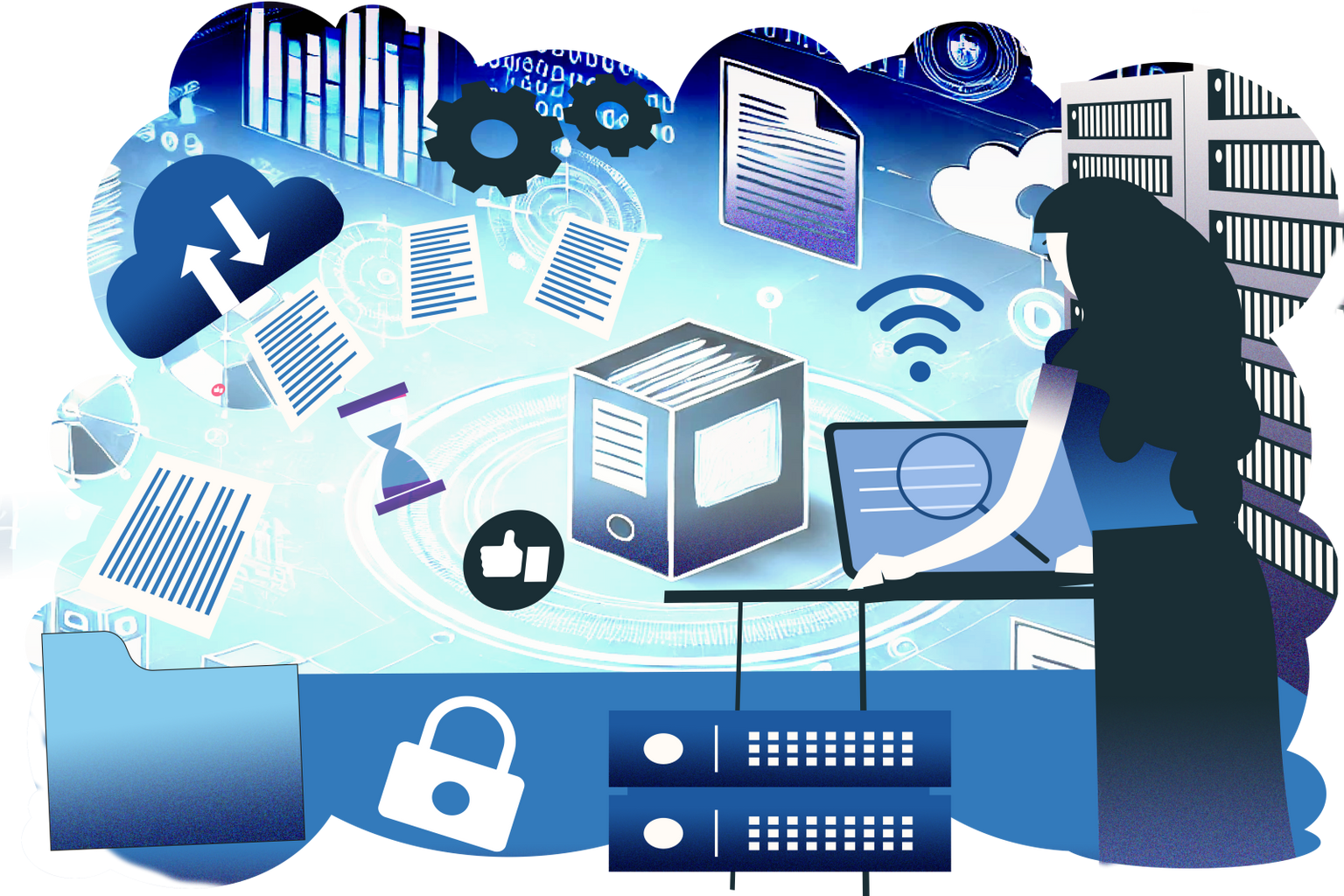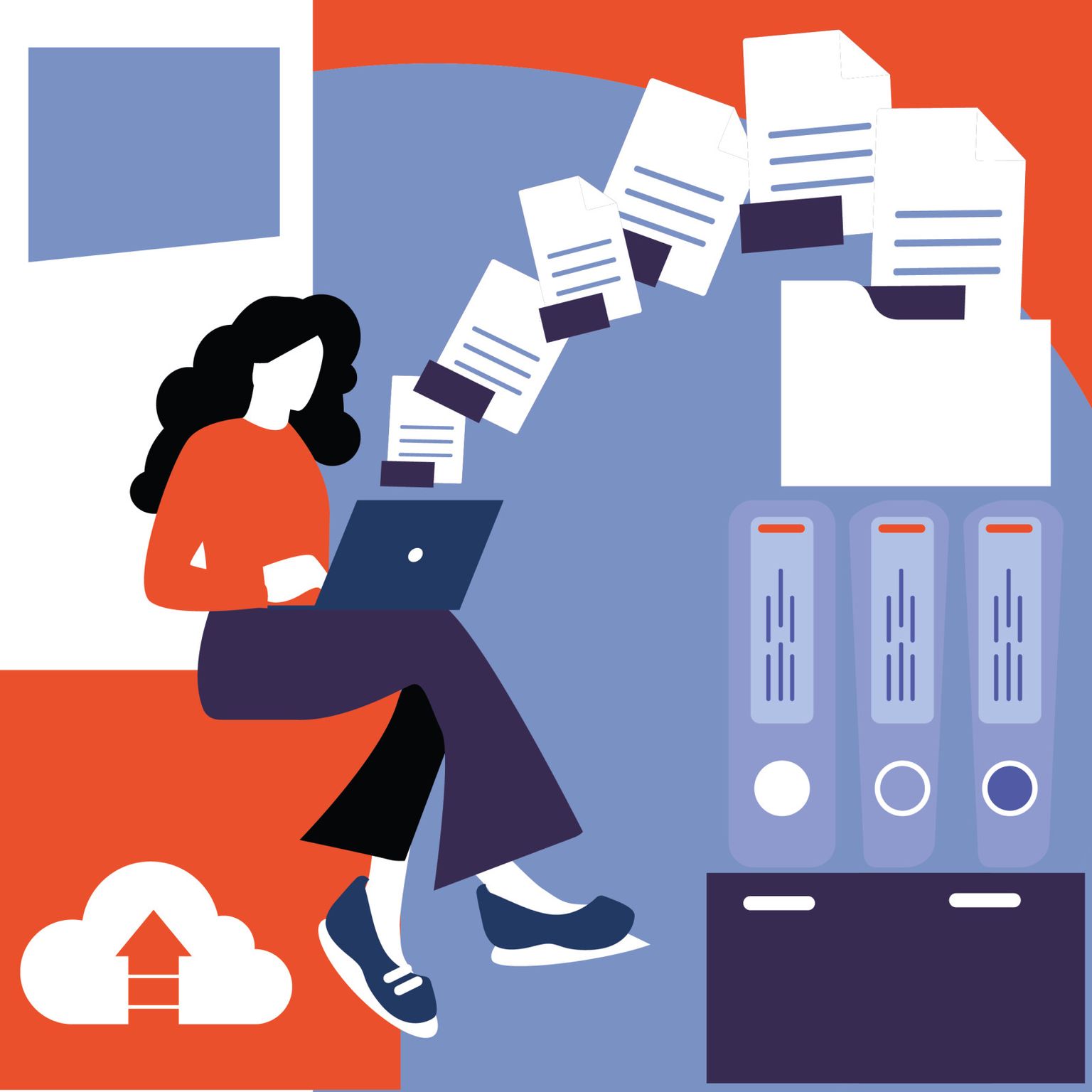The eIDAS Regulation No. 910/2014 of July 23, 2014 as amended on May 20, 2024, by Regulation (EU) 2024/1183, introduces for the first time the definition of “e-archiving“. It is a trust service focused on the reliability of documents and data, preserving the source of origin and ensuring durability, readability, integrity, confidentiality, and proof of origin. This is achieved through the creation and management of a service and a process that “allows for the reception, preservation, consultation, and deletion of electronic data and documents in order to ensure their durability and readability, as well as to preserve their integrity, confidentiality, and proof of origin throughout the retention period.”
The definition, therefore, includes not only the principle of “reliable storage” (electronic archiving) but also the need for a system capable of preserving the memory of data and documents and their ancillary elements, such as electronic signatures, seals, or time-stamps. This definition aims to ensure interoperability among national archiving services, which have so far been heterogeneous.







